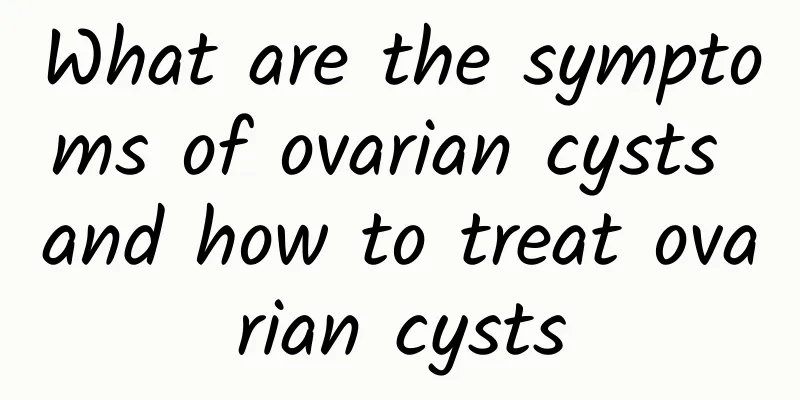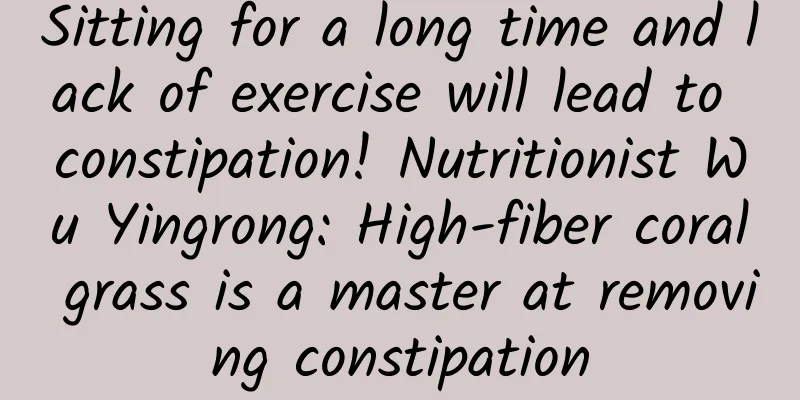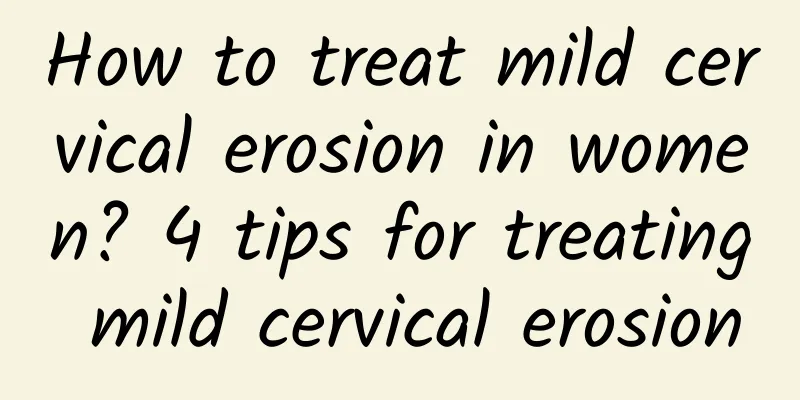Follow-up care after surgery for congenital absence of vagina

|
Congenital absence of vagina not only threatens our physical health, but also affects our mental health, so we must find a way to treat it correctly. Congenital absence of vagina surgery is often considered a better method. Experts point out that when choosing a suitable operation, we must also actively grasp the postoperative care methods for congenital absence of vagina. Postoperative care methods for congenital absence of vagina: 1. Oral care: You can drink water, juice, honey and milk with a straw for the first 1-2 days. You can eat normally after 3-4 days. It is recommended to drink honey and eat leek and egg custard, which can moisten the intestines and increase nutrition. The stitches in the mouth can be removed after 7 days and you can be discharged from the hospital 2. Fluid replacement: mainly meat, eggs and milk, with appropriate fruits and vegetables. Encourage patients to move more. 3. Vaginal care: Perform perineal care every day after surgery, remove the urinary catheter 4 to 7 days after surgery, be discharged and go home on the 7-10th day, return to the hospital on the 21st day after surgery (stay in the hospital for only one day), remove the inner line and replace the mold, check the vaginal healing, and instruct her to replace the mold and flush the vagina every other day after returning home. 4. Change of bacteria: Come to the hospital to change the bacteria 3 to 6 months after the stitches are removed. This is a necessary step to restore the vaginal ecological environment, which can prevent the growth of granulation tissue and increase the resistance of the vagina. 5. Follow-up examination: There is no need to come to the hospital for follow-up examination after bacterial replacement unless there are special circumstances. It is recommended to wear a tampon for at least one year after the operation. If you want to have children, you can consider uterine fusion and endometrial transplantation according to your own situation. 6. About cotton molds: they can be freely taken in and out, they are very soft, and there is no discomfort in the body. 5cm in length is enough, and the circumference should reach 10cm12cm. Before changing the bacteria and after flushing, try not to delay and put the tampon back in time to avoid difficulties in putting it back. In addition, for cotton molds, they should not be too thin, and try to have two to use in turn. If you always use one, the tampon will easily become too thin, which will cause vaginal contracture. After changing the bacteria, rinse it with clean water once a week. The simulation mold must be used consistently, or replaced by sexual intercourse. Do not let your spouse see the tampon and simulation mold. 7. For sexual life, the higher the frequency, the better. You can also use it alternately with simulation molds. Don't be rigid and feudal. Use it or lose it. Correctly grasping the postoperative care methods for congenital absence of vagina can help patients recover their health as soon as possible. Experts point out that there are many postoperative care methods for congenital absence of vagina. Only by choosing the appropriate care method can we ensure that we recover our health as soon as possible. |
<<: Nursing methods for patients with congenital absence of vagina
>>: A brief discussion on nursing measures for patients with congenital absence of vagina
Recommend
Can a left ovarian cyst turn into a tumor? What should I pay attention to?
Ovarian cysts have no obvious clinical manifestat...
Women should be kind to themselves during menopause and stay away from menopausal syndrome
Menopause can be divided into premenopause, menop...
Experts tell you how to prevent chronic cervicitis?
Chronic cervicitis is difficult to cure and bring...
The cause of senile vaginitis is common in postmenopausal women
Many elderly women will ignore vaginitis. However...
How to determine whether it is an ectopic pregnancy?
Expert answer: Ectopic pregnancy, also known as e...
Does pomegranate help you lose weight? 7 Super Seeds You Shouldn’t Miss
The following plant seeds have become quite popul...
What are the dietary taboos for uterine fibroids? 4 types of food that must be avoided for uterine fibroids
Patients with uterine fibroids should avoid eatin...
Multiple artificial abortions are the main cause of cervical erosion
Cervical erosion is a relatively common gynecolog...
What is hyperprolactinemia
What is hyperprolactinemia? I believe many people...
What are the hazards of cervicitis in women? Women should be careful of the four major hazards of cervicitis
The occurrence of cervicitis can have a very big ...
Eating watermelon can help reduce fat and lose weight and also help reduce edema
When it comes to the most popular fruit in summer...
High blood pressure can easily damage your heart. Use these 5 dietary tips to control your blood pressure! Nutritionist: Learn 4 ways to avoid the high-salt and high-sodium trap
The three high chronic diseases we often hear abo...
What are the causes of pelvic inflammatory disease?
Pelvic inflammatory disease has a certain impact ...
What should you pay attention to in your diet for bacterial vaginosis?
Bacterial vaginosis is one of the most common gyn...
What is chronic adnexitis? Experts tell you
What is chronic adnexitis? Although chronic adnex...









